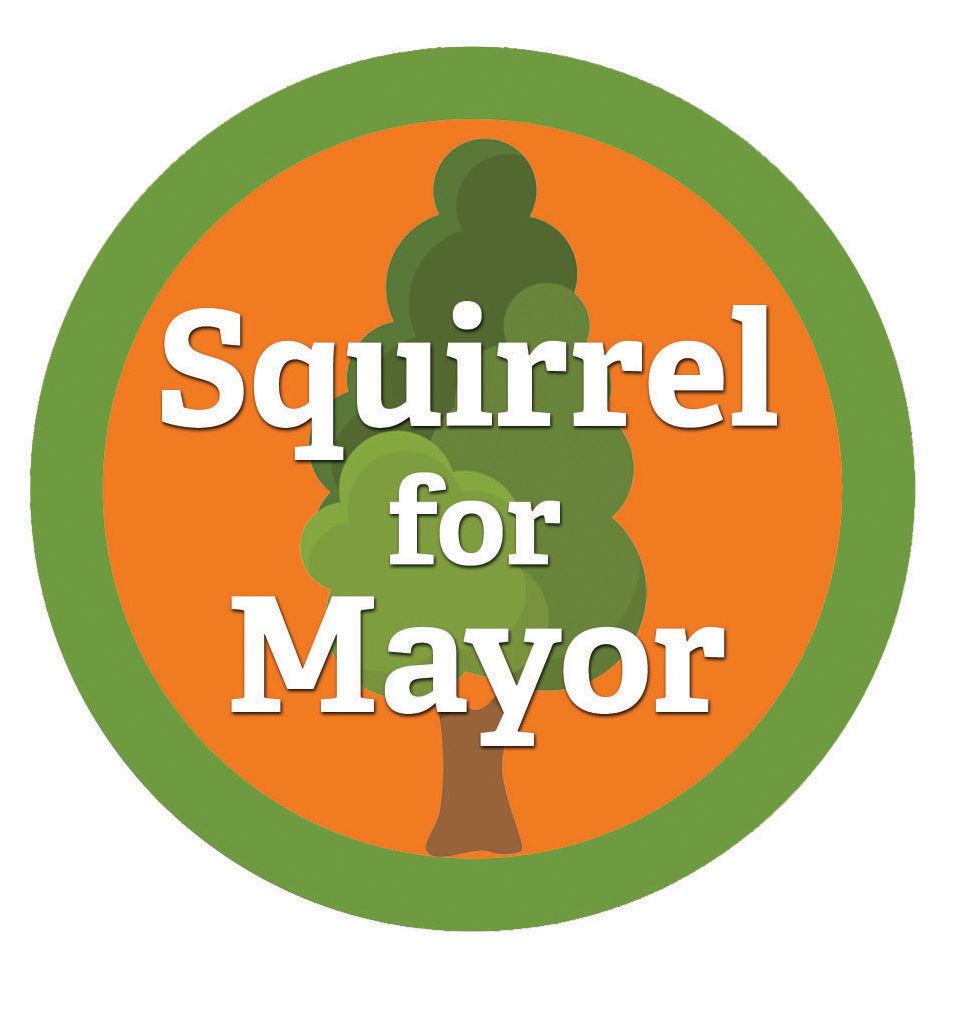Category: Historical Maps
-

Historical Maps
The urban area of the City of Victoria is the Garry oak ecosystem (GOE)–– a fact often left out of discussions on the urban forest. The Garry oak ecosystem, or Kwetlal food system in the ləkwW əŋən language, has been shaped by Indigenous agroecological management for thousands of years and emerged after the glacial retreat around 10,000… Read more
